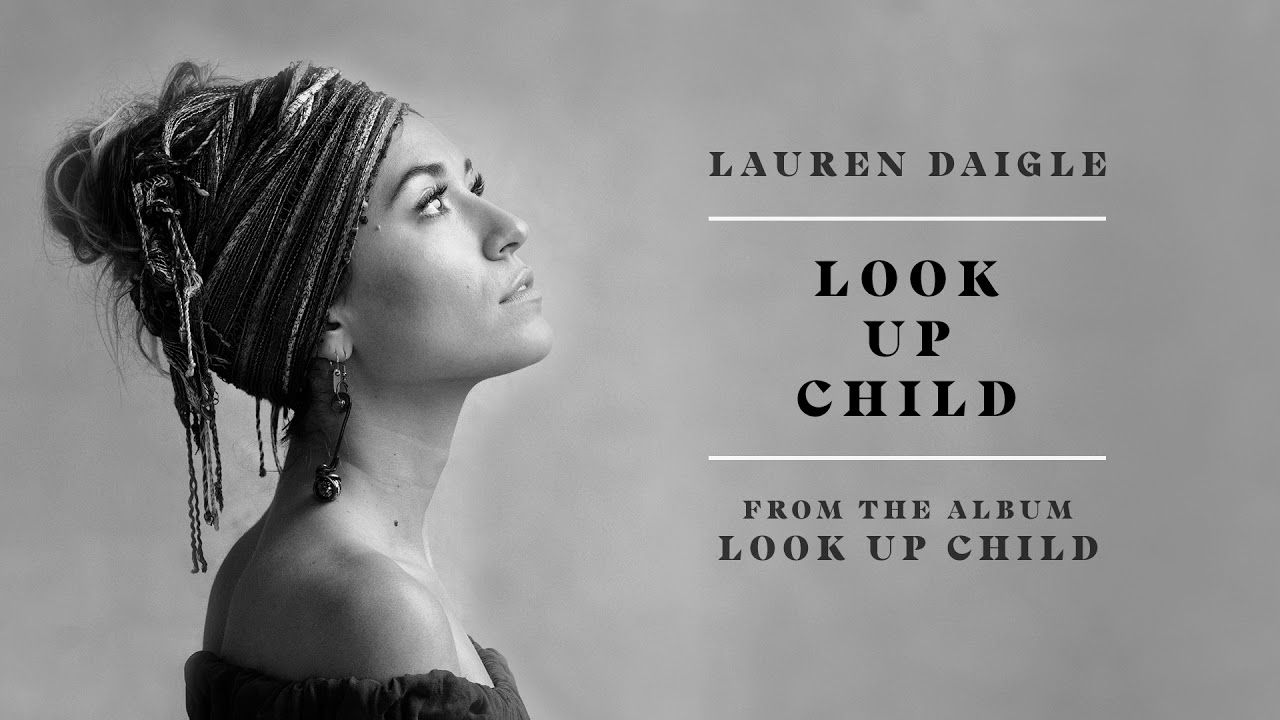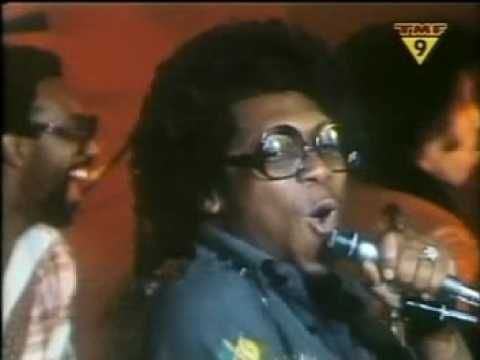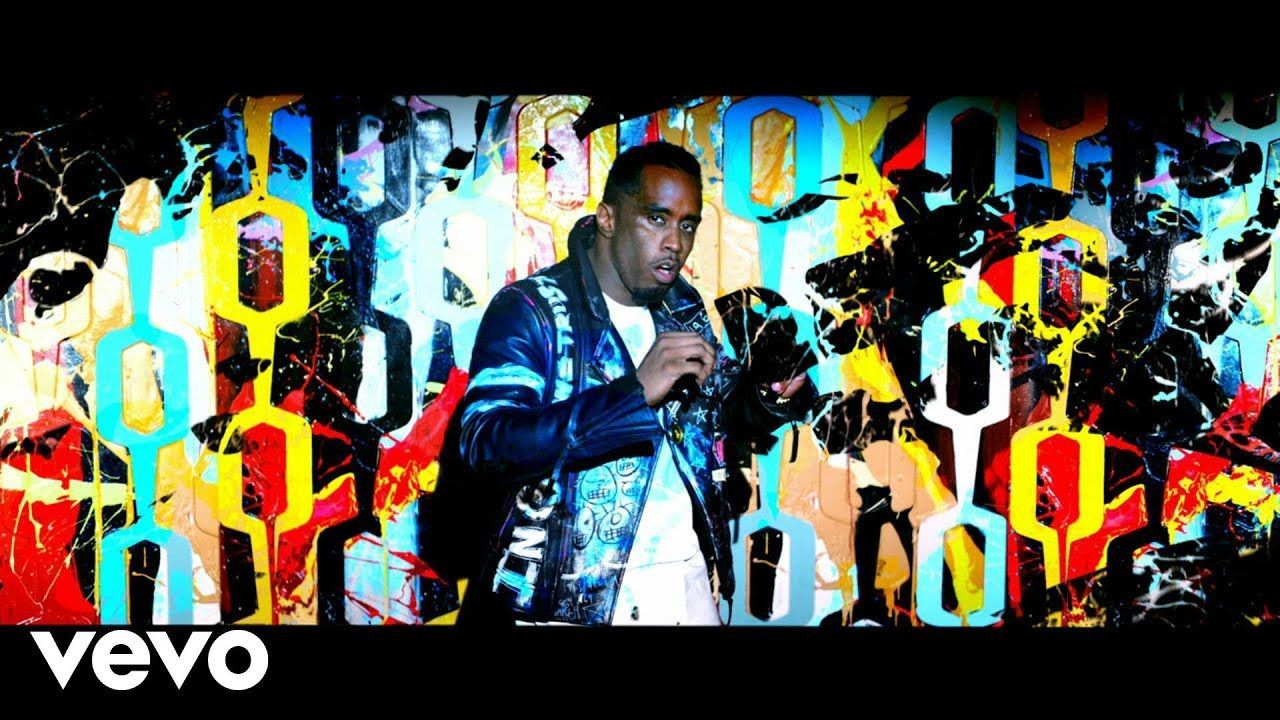Episode 48: Changes
What do the climate, marijuana, and the Derek Chauvin verdict all have in common? Changes in society.
DEREK CHAUVIN VERDICT
The city of Minneapolis, our nation, and the world let out a deep exhale once the jury rendered a “guilty” verdict on all counts against Derek Chauvin. Heavily-armed National Guard troops were stationed throughout Minneapolis in anticipation of potential unrest should residents be displeased with the court ruling while also dealing with the fall-out from the shooting death of Daunte Wright. Businesses along St Paul’s University Avenue were boarded up and fortress-ready in preparation for further riots and vandalism. Some owners even crafted hand-lettered signs indicating they are still taking walk-in customers. For many Minneapolis businesses, the pain from the pandemic has been compounded by financial losses suffered during widespread arson, looting, and rioting in response to the murder of George Floyd that caused upwards of $700 million in statewide damage last May.
Guilty, guilty, guilty! After only ten hours of deliberation, twelve jurors rendered a guilty verdict against Derek Chauvin of second-degree and third-degree murder, as well as second-degree manslaughter. It turns out Chauvin was preparing for the worst. His lawyer, Eric Nelson, told TMZ that Chauvin jotted the attorney’s phone number on his palm if he was convicted and sent immediately to jail. The judge revoked Chauvin’s bail, and he was taken into custody and locked away in Minnesota’s only maximum-security prison to await sentencing in about eight weeks. He is being held in a single cell for his safety. Even though Chauvin was found guilty of three counts, under Minnesota statutes, he’ll only be sentenced on the most serious one—second-degree murder—since all the charges stem from one act carried out against one person. That crime carries a maximum sentence of 40 years. Still, experts suggest the maximum he would face is 30 years due to state sentencing guidelines, and judges only depart from them when “substantial and compelling circumstances can be identified and articulated.” For second-degree unintentional murder, guidelines say the presumptive sentence for someone with no criminal record like Chauvin would be 12.5 years. Judges can sentence someone to as little as ten years or as much as 15 years and still be within the advisory range. But in this case, prosecutors are seeking a sentence that goes above the guideline range, called an “upward departure,” citing several aggravating factors, including the fact Chauvin was a uniformed officer acting in a position of authority and that multiple children witnessed his crime. My best guess is the sentencing will be between 20 and 30 years, but the actual time served with good behavior would be two-thirds the sentence (assuming Chauvin lives that long).
Both sides of the case are currently writing legal briefs on aggravating factors, which the judge will review and determine whether they exist. The exact date for sentencing has not been determined, and it’s unclear if Chauvin will make a public statement at that time. He has the right to do so during his sentencing hearing, but the decision is tricky. Judges like to see defendants accept responsibility and show remorse, but anything he says could jeopardize an appeal (which is undoubtedly forthcoming).
The Chauvin guilty verdict is noteworthy and seems to be in line with public opinion. A survey found 71% of Americans agreed Chauvin was guilty, and most Americans surveyed followed at least some coverage of the three-week trial. Historically, there has been only one Minnesota officer convicted of murder on duty. In 2019, ex-Minnesota police officer Mohamed Noor was convicted of third-degree murder over the death of Justine Damond and sentenced to 12 years in prison. Between 2005 and Floyd’s murder last year, only five non-federal law enforcement officers were convicted of murder in an on-duty shooting and not had the conviction later overturned, according to the Henry Wallace Crime Database at Bowling Green State University. Prosecutors in the Chauvin trial deserve credit for putting together a tight case that led to a conviction.
There’s no question the George Floyd murder was inhumane and deserving of public outrage. National media have used the Floyd tragedy and a few other incidents such as the killing of Michael Brown , Breonna Taylor , and, most recently, 15-year-old Makiah Bryant to suggest race plays a primary role in police-related shootings. NPR published a report that revealed police officers have fatally shot at least 135 Black men and women across the country since 2015, with at least 75% of the officers identifying as white. The narrative being white police officers are targeting unarmed black men and women and fatally shooting them.
Crime and police statistics tell a different story. The Washington Post has created a database of every known deadly police shooting in American since 2015. As of April 2021, 6,211 people were shot and killed by law enforcement officers: 46% were white, while 24% were Black. Just 6% of the victims were unarmed, and only 2% of the people killed by an officer were unarmed and Black. Since the beginning of 2015, US law enforcement officers have killed 33 more unarmed white people than unarmed black people. And while it’s true that white people make up the majority of the population (76%) vs. blacks (13%), blacks accounted for 53% of the murder and non-negligent manslaughter arrests in 2018 (the most recent year for which FBI crime data is available), 54% of the all robbery arrests, and 37% of all violent crime arrests. Hispanics account for 17% of the total US population and represent 21% of the murder arrests and 25% of the total violent crime arrests, statistics in line with their representation of the general population. The cause and effect behind these statistics is a complicated issue and multi-faceted; however, it’s clear one factor is undoubtedly at play—the large and growing education/income/wealth gap between races. Still, the data suggest recent campaigns to abolish American policing based on the perception of pervasive and systemic racism are misinformed. The more rational argument is to demand better police training and hold bad actors accountable.
CLIMATE CHANGE
Since the Industrial Revolution, the global annual temperature has increased in total by about 2 degrees Fahrenheit. Between 1880—the year that accurate record-keeping began—and1980, it rose on average by 0.13 degrees Fahrenheit every ten years. Since 1981, however, the rate has doubled. The result ? Nine of the ten warmest years since 1880 have occurred since 2005, and the top five warmest years on record have all occurred since 2015. The impacts of global warming are already harming people around the world, from record droughts, heatwaves, and forest fires to violent Hurricanes and rampant floods.
Global warming occurs when carbon dioxide (CO2) and other air pollutants collect in the atmosphere and absorb sunlight and solar radiation that have bounced off the earth’s surface. Usually, this radiation would escape into space, but these pollutants, known as greenhouse gases, which can last for years to centuries in the atmosphere, trap the heat and cause the planet to get hotter. Earth’s climate naturally cycles and fluctuates and has done so several times over the last 800,00 years. Still, our current era of global warming is directly related to human activity, specifically to our burning of fossil fuels such as coal, oil, gasoline, and natural gas. In the US, the largest source of greenhouse gases is transportation (29%), followed closely by electricity production (28%) and industrial activity (22%). China is the world’s worst offender in producing greenhouse gases, followed by the US, India, and Russia.
Global CO2 emissions are expected to increase by 5% this year, the most significant jump in more than a decade, according to the International Energy Agency. Carbon emissions decreased by 7% in 2020, but they are increasing again, in large part to the use of coal to produce electricity in rapidly growing Asian countries, but also in the US. It will be the second-largest increase in emissions in history, after the 6% surge that occurred in 2010, following the 2007-2009 Great Recession. According to scientists, to prevent the worst effects of climate change, the world needs to slash emissions by around 50% this decade.
President Biden gave Mother Nature a gift on “Earth Day” this week at the international climate summit. Surrounded by 40 world leaders, Biden dropped an audacious goal of cutting US planet-warming emissions at least 50% below 2005 levels in less than a decade. The figure is nearly double what the US agreed to under the original Paris Climate Agreement in 2015. The US is not on track to achieve the initial goal, so it’s hard to imagine we can exhibit the political will and collective discipline to hit the new, more aggressive target. Still, the roadmap for making this happen includes the following by 2030:
-
Two-thirds of new cars and SUVs sold at dealerships would need to be battery-powered, up from 2% today.
-
All new buildings would be heated by electricity rather than natural gas.
-
Nearly all coal-fired power plants would need to be shut down, and half the country’s electricity would need to come from renewable sources such as wind, solar, or hydropower, up from 20% today.
-
Cement, steel, and chemical industries would adopt stringent new energy-efficiency targets.
-
Forests would need to expand, and farming practices changed.
It’s an enormous challenge, and falling short in any one area, the task becomes that much harder. There would be no getting around widespread job losses in the energy sector and spikes in energy prices as we migrated from one energy economy to another. The silver lining is the nation’s greenhouse gas emissions have already fallen roughly 20% since 2005. Much of that decline came as electric utilities retired hundreds of their dirtiest coal plants and shifted to cheaper and cleaner natural gas, wind, and solar power. But one-third of the reductions have come due to the coronavirus pandemic, as business activity slumped. That drop is likely to prove fleeting as pandemic concerns fade and the economy ramps up.
It’s a stretch to think the US can hit the stated goal in 2030, but it’s a more considerable stretch to believe other countries such as China and India will materially cut emissions. Both countries remain more reliant on coal than Biden administration officials wish, and there’s little recourse if they fall short of the pledged targets. The planet’s health and viability depend on government policy and consumer behavior changes. Hopefully, humans find the courage to make these things happen, as Matt Damon didn’t make life on Mars look very appealing.
MARIJUANA
Marijuana lovers worldwide celebrated their national holiday this week on April 20th, otherwise known as 4/20. Some say “420” is code among police officers for “marijuana smoking in progress.” Some note 4/20 is also Adolf Hitler’s birthday, a dubious association. And some go as far as to cite Bob Dylan’s song “Rainy Day Women #12 & 35” because 12 multiplied by 35 equals 420. However, the most credible story traces 4/20 to Marin County, California. In 1971, five students at San Rafael High School would meet at 4:20 pm by the campus’ statue of chemist Louis Pasteur to partake in the whacky weed. This group—Steve Capper, David Reddix, Jeffrey Noel, Larry Schwartz, and Mark Gravich would say “420” to each other as code for marijuana. Later, Reddix’s brother helped him get work with Grateful Dead bassist Phil Lesh as a roadie, so the band is said to have helped popularize the term “420.”
What’s more interesting than the backstory around 4/20 is the rapidly changing opinion of the drug by Americans. More than forty percent of Americans live in states where they can legally purchase marijuana. Pew research found that 91% of US adults now support either legalized recreational or medical marijuana. From 2000 to 2019, the share of Americans saying marijuana should be legal more than doubled. Republicans are warier than Democrats about legalizing marijuana for recreational use, 47% compared to 72%. Age is the most significant gap in views on marijuana use. Adults 75 and older show the slightest support for the legalization of marijuana (32%) vs. adults under age 30 showing overwhelming support (70%). Racial and ethnic differences in views of legalizing marijuana are as follows: About two-thirds of White (63%) and Black (65%) adults say marijuana should be legal for medical and recreational use, compared with smaller shares of Hispanic (42%) and Asian adults (43%).
Our legal system needs to catch up to the views of our citizens when it comes to marijuana. Four in ten US drug arrests in 2018 were for marijuana offenses—92% of which were for possession. These nonviolent crimes disproportionately impact minorities and clog our legal system. A growing number of states have legalized or decriminalized the possession of small amounts of marijuana. But the drug remains illegal under federal law. Marijuana arrests have decreased in the last decade. Still, the incarceration of people for nonviolent offenses involving marijuana possession remains too high, and changes are required.
COVID
The good news is the majority of adults in the US have received at least one vaccine dose. The bad news is the rate of vaccination is falling quickly, as citizens eager to get vaccinated have done so, while people reluctant to get a vaccine are holding out. For the first time in weeks, the 7-day average of vaccine doses administered fell under 3 million per day.
A federal vaccine advisory committee recommended J&J resume distribution of its vaccine in the US. At the same time, regulators plan to add language to the product label warning of the potential for a rare blood-clot condition. Of the 8 million J&J shots administered, only 15 people have experienced blood-clot complications (all women ages 18 - 49), with three dying.
Research indicates that the Moderna and Pfizer vaccines are highly effective against all coronavirus variants identified so far. The B.1.526 variant , which was first identified in New York in November, now accounts for nearly half of cases in the city.
Three months before the start of the Summer Olympics, Tokyo and other parts of Japan have been put under “ emergency orders ” due to COVID. Under the restrictions, which will be in place until May 11, department stores, malls, theme parks, theaters, museums, and bars and restaurants serving alcohol will close their doors. Tokyo Olympic organizers and the government said they plan to host the games as scheduled, but many citizens support canceling or postponing the event. About 1% of Japan’s population has received a COVID vaccine, compared to over 50% of adults in the US.
OTHER
Caitlyn Jenner, formerly Bruce Jenner, said she plans to run for governor of California. Her announcement comes amidst efforts to organize a recall election against Governor Gavin Newsom. Jenner organizers said they had collected over 2 million signatures, well over the 1.5 million needed to manage the recall election.
I. Below are the articles I found interesting the past week:
II. Stats that made me go WOW!
- A recent Microsoft study suggests 41% of employees are considering changing employers in the year ahead — double the number from 2019 — and another 46% are likely to move because they can now work remotely.
III. Name that Tune!
As I write this email, I am listening to “Changes” by Tupac Shakur.
Tupac Amaru Shakur, born Lesane Parish Crooks in Manhattan, was an American rapper and actor. At the age of 13, Tupac relocated with his family to Baltimore and then a few years later to Marin City, outside San Francisco. By the time Tupac released his debut album 2Pacalypse Now in 1991, at age 20, he had become a central figure in West Coast hip hop, introducing social issues that plagued inner cities in the genre when gangsta rap was dominant in the mainstream.
Tupac is considered a symbol of activism against inequality. However, the icon and his family have a checkered past that belies his posthumous image. One month before Tupac’s birth, his mother was tried in New York City as part of the Panther 21 criminal trial. She was acquitted of over 150 charges. Other family members involved in the Black Panthers’ Liberation Army were convicted of serious crimes and imprisoned. Tupac’s stepfather, Mutulu Shakur , spent four years among the FBI’s Ten Most Wanted Fugitives. Tupac would find himself in legal trouble in 1993 when he and three other men were charged in New York with sexual assault. He was convicted of first-degree sexual abuse but acquitted of associated sodomy and gun charges. He was sentenced to 18 months to 4.5 years in prison, with the judge labeling Tupac’s actions as “brutal violence against a helpless woman.”
Tupac recorded “Changes” in 1992, but the song didn’t release until after his death. The song cleverly samples the 1986 hit “The Way It Is” by Bruce Hornsby and the Range, and the lyrics speak to racism, police brutality, drugs, and gang violence. Tupac also mentions the possibility of a black president of the US, claiming “we ain’t ready.” Further, the last verse of the song refers to Tupac imaging himself shot to death, mimicking the sound of the gun with the phrase “rat-a-tat-tat-tat-tat.” His prophecy would become true. On the night of September 7th, 1996, a late-model Cadillac sedan pulled up to the passenger side of Tupac’s car on Las Vegas Boulevard and fired shots, hitting him in the leg, arm, and twice in the chest. Shakur was taken to the hospital and placed on life support, and died on September 13th at age 25.
If you enjoyed the newsletter, please add a friend and share it on social media!
Related articles.


